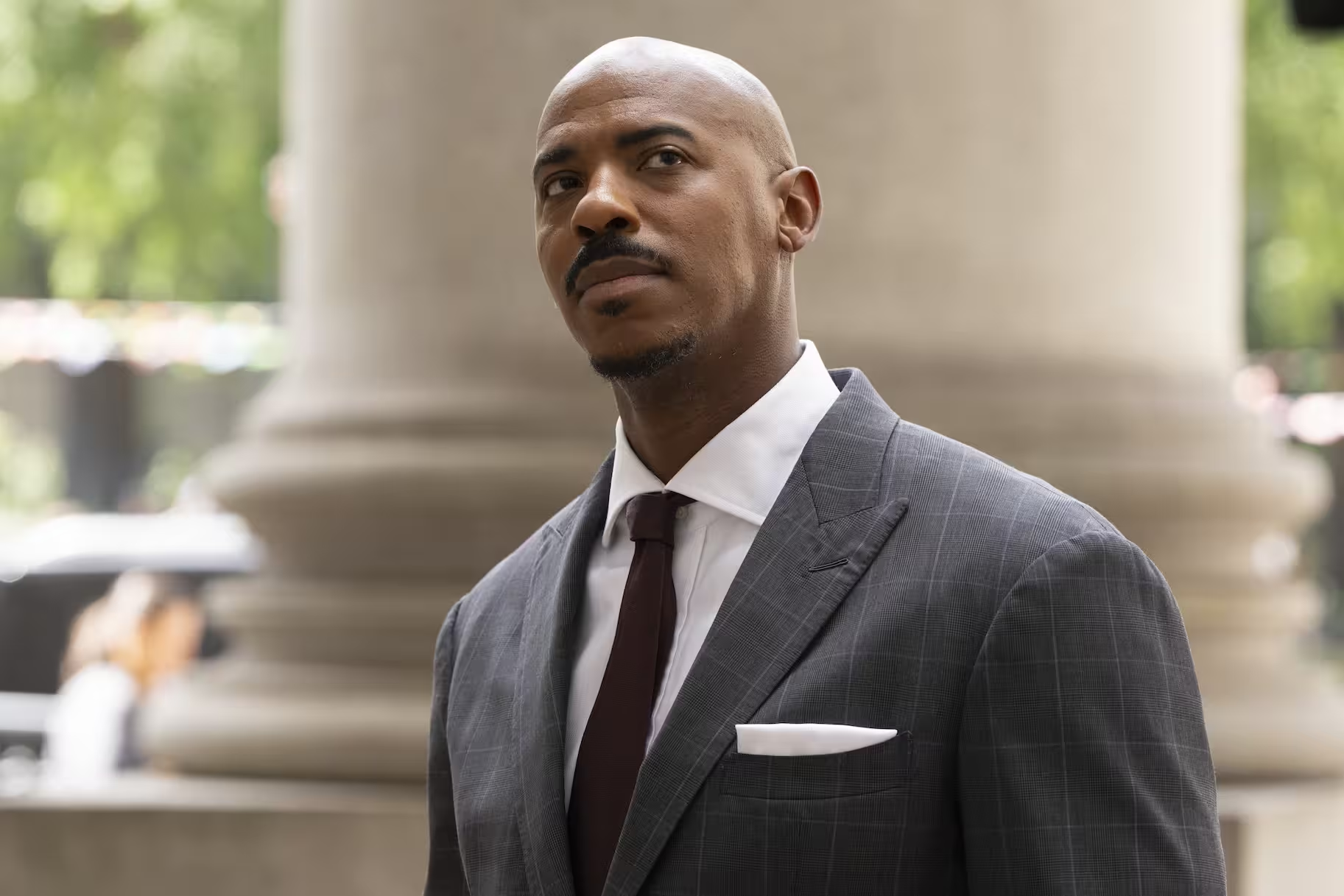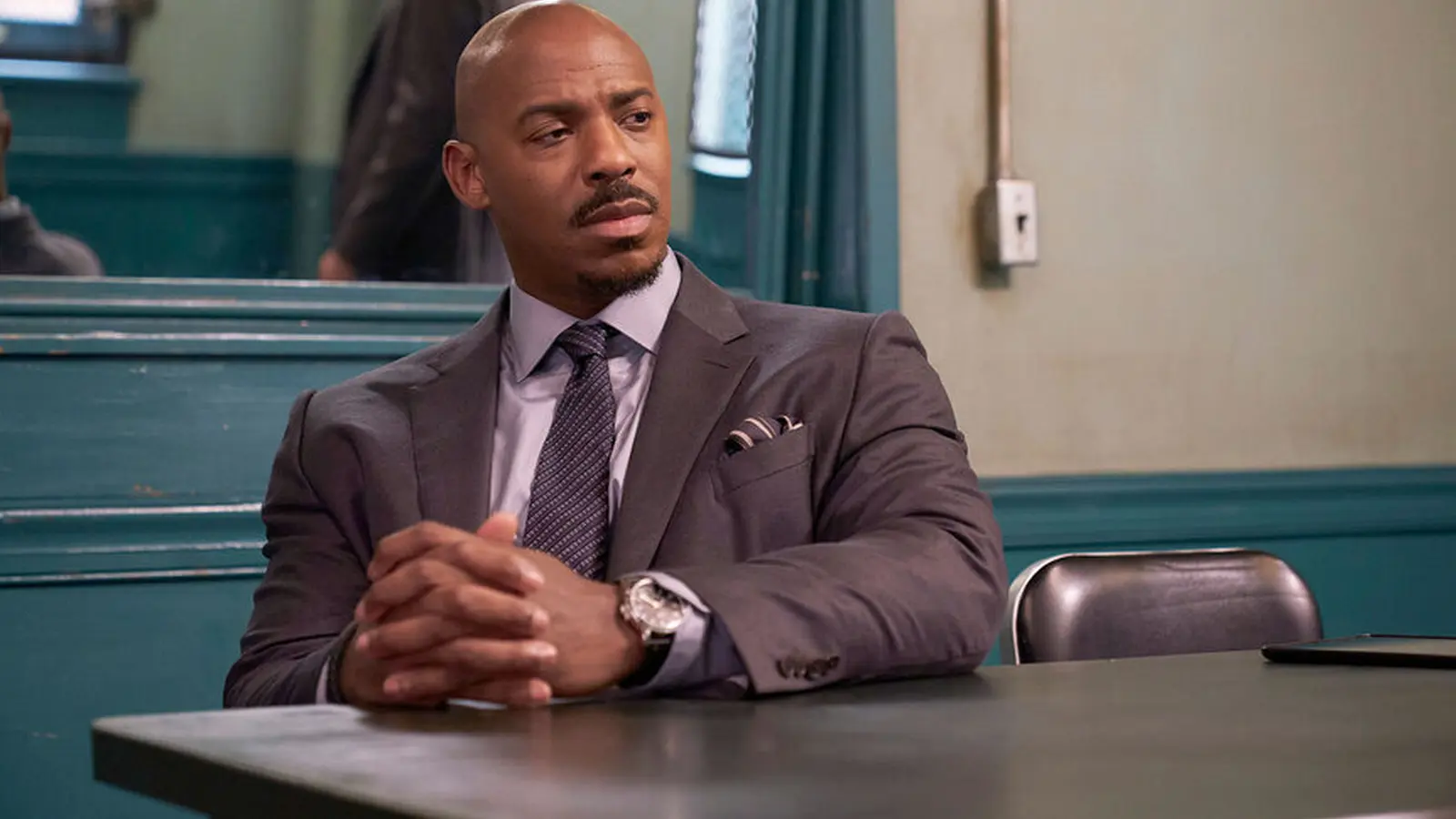6 Minutes
Quick exit, open door: what happened to Det. Jalen Shaw
The Season 25 premiere of Law & Order quietly addressed a question fans had been asking since July: where did Mehcad Brooks’ Det. Jalen Shaw go? Rather than a dramatic send-off, the NBC revival opted for a brief but tidy explanation. Lt. Jessica Brady (Maura Tierney) mentions in passing that something opened up at the 88th Precinct and Shaw decided to take it — a line that both closes his current chapter and leaves room for a possible return.
The exchange is short, human and businesslike: Det. Vincent Riley (Reid Scott) admits he’ll miss him, while acknowledging Shaw’s wish to get back to Brooklyn. It’s a tidy, emotionally honest way to write a character off without burning bridges — and one increasingly common in long-running procedural revivals balancing actor departures and budget realities.
How the exit was handled on screen
There’s no car chase goodbye, no on-screen transfer paperwork—just a practical relocation. That choice matches Law & Order’s procedural DNA: the franchise often privileges the case and the precinct over melodrama. Shaw’s original arrival in the Law & Order universe came in a 2022 Organized Crime crossover, and he became a regular on the flagship series in Season 22, stepping into the role left by Anthony Anderson’s Det. Kevin Bernard after the show’s revival.
By keeping Shaw’s departure off-screen, the writers avoided the trap of forcing a contrived farewell scene and maintained narrative flexibility. This is smart storytelling for a procedural that must juggle dozens of ongoing cases and a rotating cast.
Industry context: cast shifts and the economics of revivals
Mehcad Brooks’ exit was reported as mutual, with the actor pursuing other opportunities. It comes amid cost-saving measures that have the returning cast appearing in fewer episodes this season — a trend across network dramas as productions reconcile inflated budgets with streaming-era expectations and ensemble salaries.

Bringing in new blood matters, and NBC moved quickly: David Ajala was added as a series regular to partner with Det. Riley. That hire signals the show wants fresh chemistry and new investigative dynamics while preserving continuity. Comparatively, other procedural revivals — from Law & Order: SVU to classic franchises like NCIS — have navigated similar transitions by blending veteran anchors with newer faces to sustain audience loyalty.
What this means for the franchise and fans
For fans, the reaction has been mixed but mostly understanding. Some viewers prefer on-screen goodbyes; others appreciate the respectful, unobtrusive transfer. In fandom circles, Shaw’s Brooklyn roots and the possibility of crossovers keep speculation alive about returns, especially given the franchise’s history of character migrations between shows.
Cinema historian Marko Jensen offers perspective: “Keeping Shaw’s exit off-screen preserves narrative options. It’s a pragmatic move in a shared-universe drama — a way to respect an actor’s choice while keeping the door open for future creative uses.”
Behind the scenes and small but telling details
Trivia-minded viewers will note Shaw first arrived during a crossover with Law & Order: Organized Crime and SVU — a reminder of how the franchise uses interconnected storytelling to introduce and test new characters. Brooks replaced a beloved predecessor and held the desk for three seasons, which is a respectable run in today’s crowded television landscape.
Insider reports suggested the departure was amicable. That aligns with the on-screen handling: no scandal, no dramatic exit plot. Instead, the show chose the quieter dignity of a career move and neighborhood loyalty — Shaw taking a post back in Brooklyn — which fits the series’ NYC-rooted realism.
How viewers and critics see it
Critical reaction highlights two things: efficiency and emotion. Critics praise the premiere for moving the plot forward while giving enough human detail to make Shaw’s relocation believable. Some commentary has called the exit emblematic of larger shifts in network television, where ensemble casts are frequently retooled to manage costs and refresh storylines.
Film critic Anna Kovacs adds, “This kind of off-screen exit is an elegant solution when an actor leaves by choice. It respects the character’s arc without derailing the show’s momentum, and it leaves open creative possibilities — crossovers, guest returns, or a future storyline back in Brooklyn.”
Looking ahead
With David Ajala now on board and the core cast appearing less frequently, Season 25 promises new rhythms. The show appears intent on balancing legacy appeal with contemporary production realities: keep the cases compelling, tweak the ensemble when needed, and use Brooklyn — and the larger Law & Order universe — as a storytelling resource.
Short take: Mehcad Brooks’ departure was handled pragmatically and respectfully. It’s a reminder that in long-running television, exits don’t always need fanfare to feel earned. The door remains open — and in a franchise built on crossovers and recurring characters, that’s an invitation viewers will likely take.
Source: deadline



Leave a Comment